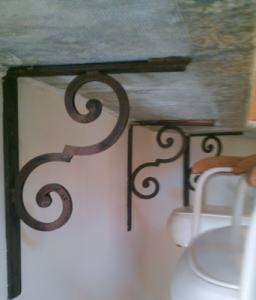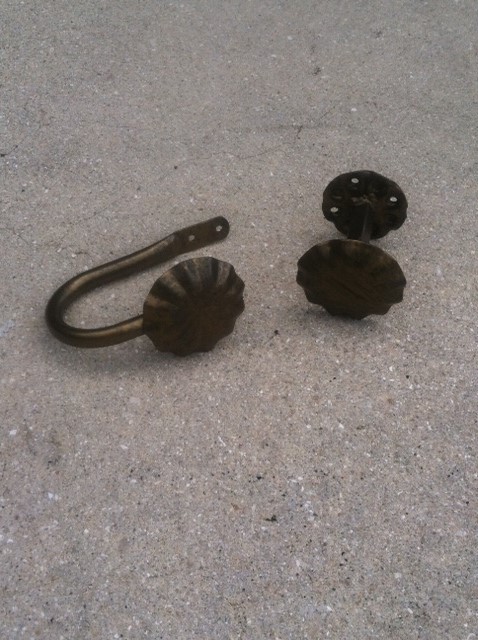Metropolis Iron Releases New Line of Ruffled Drapery Medallions
Iron Home Décor Designer, Metropolis Iron, has released a new line of ruffled drapery medallions. These new medallions offer designers a drapery hardware option which

Corbels have long been an integral part of architecture. Throughout the centuries, these subtle and yet very strong architectural components lend their support to extruding surfaces, giving these surfaces the much needed ability to bear weight. Corbels get their name from the Old French word based on the Latin “corvellus.” Corvellus is Latin for “raven,” which indicates that corbels are named for their beak-like shape.
While these much needed components were originally made from concrete or stone, the Victorian Era ushered in the concept of wooden and iron corbels. Able to be made much smaller than their stone counterparts, this allowed for the use of corbels to spread from the libraries and cathedrals, into smaller community buildings and even an individual’s home, while allowing for another transition. Originally, corbels were primarily a creature of function. Though often still made with artistry in mind, they were mainly an invention born of necessity. With the advent of wooden and iron corbels, design became a primary feature. Instead of structural corbels that were also decorative, the focus changed. Now corbels were seen as mainly decorative, though also structural.
Iron corbels and countertop support brackets offer a tremendous versatility in design, with myriad possibilities for both the style and color of the corbels. Metropolis Iron is sure to carry a decorative corbel perfectly suited to your next project!
Iron Home Décor Designer, Metropolis Iron, has released a new line of ruffled drapery medallions. These new medallions offer designers a drapery hardware option which
As the name suggests, holdbacks decoratively hold curtains back to let the light in, giving you a light-filled, elegant look for your room. Installing curtain

Curtain holdbacks are an important feature of any complete window treatment design. A good curtain tie back should not only be functional as to tie
If you aren’t very skilled in the world of drapery hardware vocabulary, creating the perfect window treatment can be a difficult task. Knowing what the item is
When it comes to decorating, choosing curtains can be an exciting way to add a personal touch to the rooms in your home. But, what
We’re known for our exceptional customer service and we would be happy to help!

